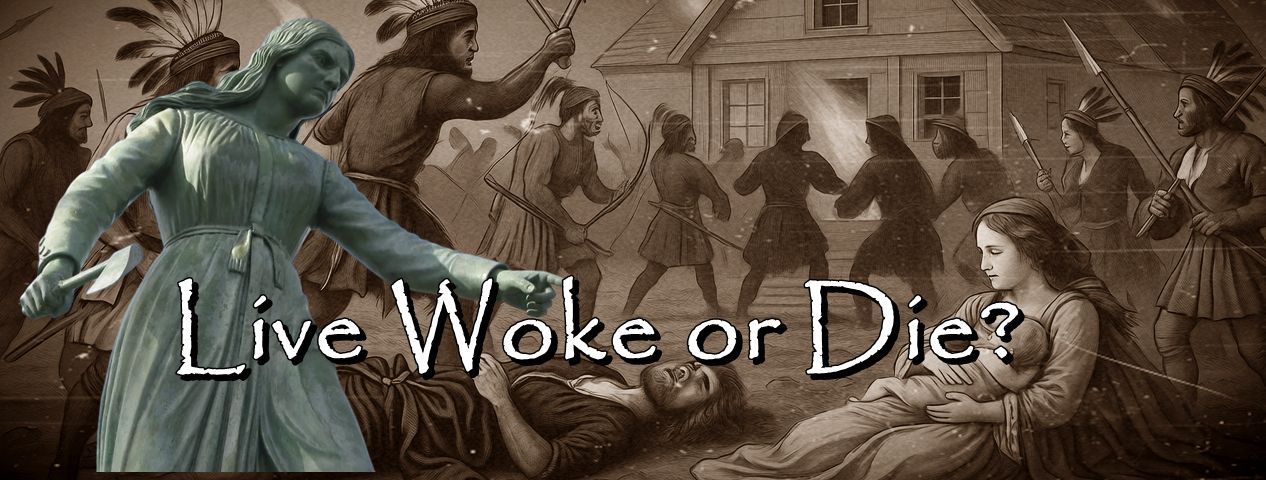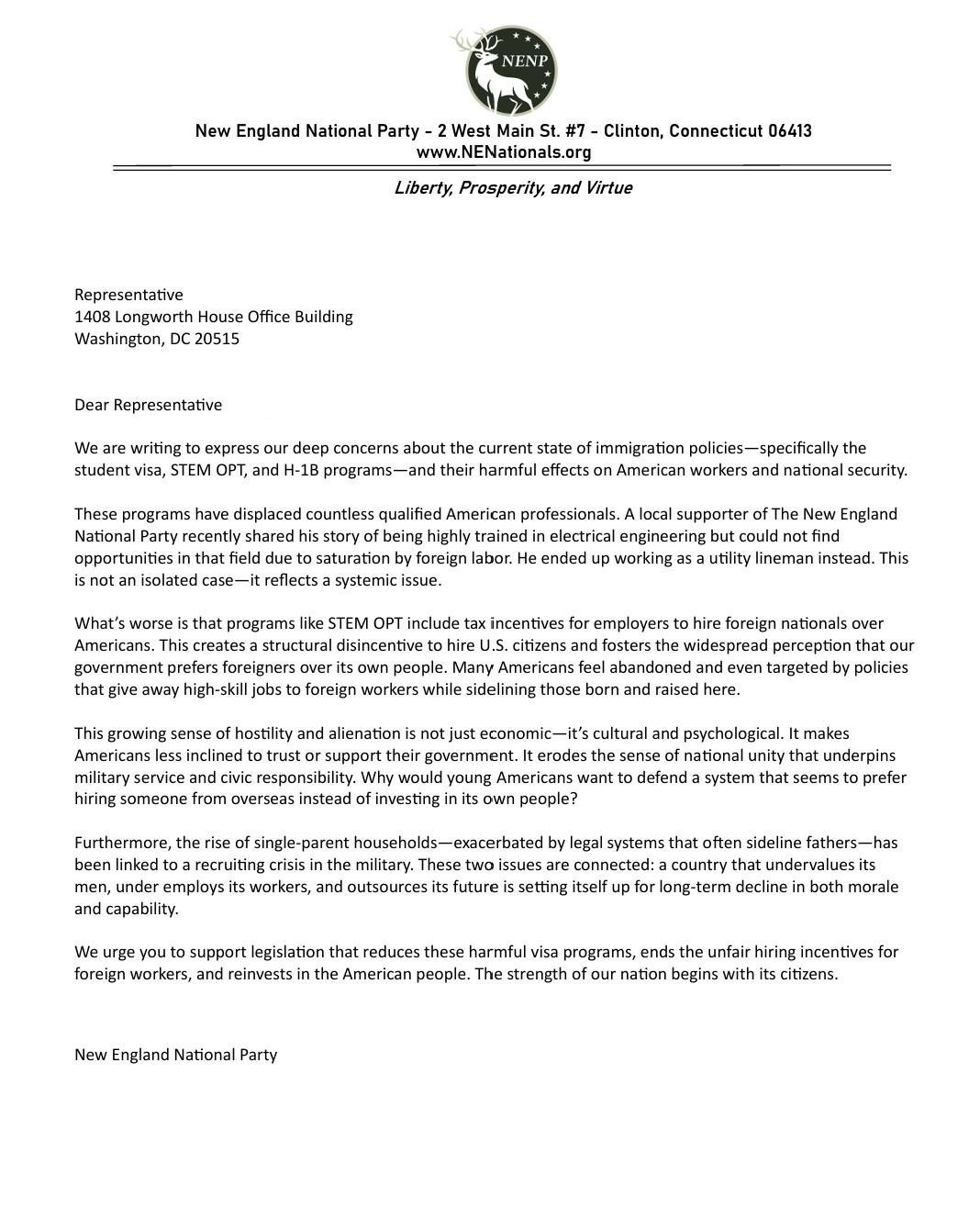By Adam Hart
•
September 18, 2025
The Fairfield Firebrand: Melissa Longo by Adam Hart I have previously expounded upon the political quagmire that is the Republican Town Committee (RTC) system in Connecticut in my March 2025 article for The Centinal, “The RTC Trap”. Now in the aftermath of the horrific Charlie Kirk assassination, the corruption of those bodies throughout Connecticut has emerged plainly into the light of day. The pitiful creature that calls itself the Republican Party in Connecticut has mustered the energy to crawl out of the damp dungeon it jealously guards, and now weakly attempts to corral the righteous anger that has bubbled up from the depths of the hearts of American patriots. I am speaking generally about the response to recent events by the CT GOP, but I am also speaking specifically about the commotion caused by Fairfield RTC member Melissa Longo. I had the pleasure of speaking directly with Melissa soon after the whirlwind began over her online remarks pertaining to the assassination. This was a courtesy not afforded to legacy media until just recently, and with good reason, as the reputation of most journalists has been irreparably tarnished by the work of the various left wing smear merchants that populate the profession. Every honest observer of politics knows that the left perfected their art of character assassination long before they mastered agitating young liberals into murderous rage. In this article, I shall elaborate on Melissa’s recent experiences in Fairfield, and why American patriots should not be seeking “unity” in these troubling times. In Melissa’s social media posts, she excoriated the left, and bluntly stated that Democrats are “Faithless, God hating, evil, vile people”. Strong words for sure, but unless you are completely dishonest with yourself, you know that this is language that average conservative Republicans have been using among themselves for decades now. These things are not typically discussed publicly, and are avoided with dread and trepidation at the Thanksgiving dinner table, while American patriots are forced to scream in the soundproof room of their souls about all the evil we see in this world. Ironically in this modern age of everyone having their own truth, and every bizarre and deviant form of “self-expression” being treated as valid by the mainstream culture, American patriots are denied their voice about anything that really matters. It’s a free country. As long as you don't have anything of consequence to say. Fairfield RTC Chair Laura Devlin wants those thanksgiving dinners to go smoothly. “Free speech is one thing, hate speech is something else” according to Mrs. Devlin in her comments to News 12, and she has used her position to condemn Melissa, and even vastly overstepped her authority by removing her from the RTC web page as a candidate. This is the typical stale old Republican unity rhetoric, which we saw here in Connecticut before Charlie’s blood was even cold, and the offering of a sacrifice to assuage Democrat vitriol and hate. Devlin fears that strong rhetoric will harm Republican candidates in the elections in Fairfield, by diminishing their chances to draw Democrat voters away from their party. Well I have some uncomfortable truth to share with Mrs. Devlin, for as Charlie Kirk would patiently explain to her, there is no such thing as “hate speech”. This is why Democrats are free to sling about the most egregious slander imaginable, regularly accusing every American who has political or religious beliefs to the right of Lenin as being a racist, fascist, nazi, white supremacist, etc. etc. In our current age of media manipulation and duplicitous politicians, freedom of speech is one of the last honest defenses we have in our society. The 1st amendment ensures legal protection, so that people can tell us who they truly are, and I for one, value that. We have seen that the American people value straight talk above all else with the election of President Trump, who disregards all the focus groups, and tells people exactly what is on his mind. Honesty is an American value, and as Melissa Longo has correctly noted, it resonates with the base when they know they have a genuine champion, not just an inoffensively packaged negotiator representing them. Has the Democrat party ever disavowed their radicals? Surely, they must do so if they want to secure a super majority in the Connecticut legislature, right? Yeah. We have heard exactly zero members of the Democrat Party denouncing the blood lust of their radicals, as they have the advantage of a complicit Republican party which quite literally lets them get away with murder. Democrats are happy to decry political violence “from both sides”, knowing full well that right wing political violence is so non existent in America, that they must resort to enlisting the FBI to literally manufacture it, like they did on January 6th, and in the great Gretchin Whitmer kidnapping hoax. As a right-wing political activist myself, I can confirm that it is a monumental task just convincing Republicans to vote, so the chances of any of them ever being radicalized and convinced to conduct assassinations are virtually zero. Republicans like Chairwoman Devlin do not live in the current reality that the rest of us do. They still live with childish ignorance in the picture perfect Pax Americana of the 1990s, when not that much separated Democrats and Republicans, save some differing opinions on what was the best direction for the country. It is the year 2025, and the political divide is now incomprehensibly vast. Ordinary American patriots love their country, and are struggling to raise their families in peace, while the radical left insists our very blood is evil, our history is wicked, our skin color is oppressive, and the land we call home is stolen from people better than us. Mrs. Devlin, and many in the CT GOP do not know what time it is. That’s enough about our feckless Republican Party. Let’s get back to Melissa and her “hate speech”. Generally speaking, when leftists accuse someone of hate speech, what they mean is true speech. We can simply examine Melissa’s statement, and see if any of it was in error. Now does anyone remember the response Kamala Harris gave when some attendees shouted out “Jesus is Lord” at her event? “Oh, you guys are at the wrong rally” was the then Vice President’s response to those young men. Kamala Harris did not win the election, and now the Vice Presidency is held by a man who does not pull punches when confronting the left and their media mouthpieces. There is a lesson to be learned there, but I think for our purposes today, the former Democrat presidential candidate’s opposition to The Lord Jesus Christ is the key take away. “Faithless and God hating” certainly seems to check out, and as we saw on September 10th, I think it’s fair to take things a step further, and add “violent and dangerous” to the adjectives describing modern Democrats. Like Vice President Vance, Melissa Longo also does not pull punches, and this is exactly why she retains the support of Fairfield residents and is now gaining the attention and loyalty of marginalized conservatives from across the state. In our conversation Melissa correctly gauged that “There are no Democrat votes to be gained” by sheepishly begging for unity from Democrats. Like an abuser who suddenly wants to be reasonable when the police arrive at a domestic dispute, Governor Lamont and the Democrats are droning on continuously about unity now, when it is their radical activists who are murdering our people. I will pass on unity with that, thank you. Your party created this beast, Governor Lamont, I suggest you rein it in yourself. Connecticut Republicans can likely expect more “divisive” rhetoric from Melissa Longo, as she confirmed that while she regretted the use of some vulgarity that set the Republican leadership to hand wringing, she has no intention of backing down and retracting her statements. This is the leadership of the RTC that has opted to toss her to the wolves, and is endeavoring to remove her from the body. They do not speak for the entirety of Fairfield Republicans. Melissa did say that she received support from the Connecticut GOP in her recent bid for state rep, so we shall see what the party leadership decides on her. Will they stand up and support a potential rising star for their flailing organization? Or will they pay tribute once more to the Godless beast that is strangling our state? Time will tell, but as for me and my house, we stand with Melissa Longo. No unity with the violent radical left. “They have healed the wound of my people lightly, saying, ‘Peace, peace’, when there is no peace.” - Jeremiah 6:14












